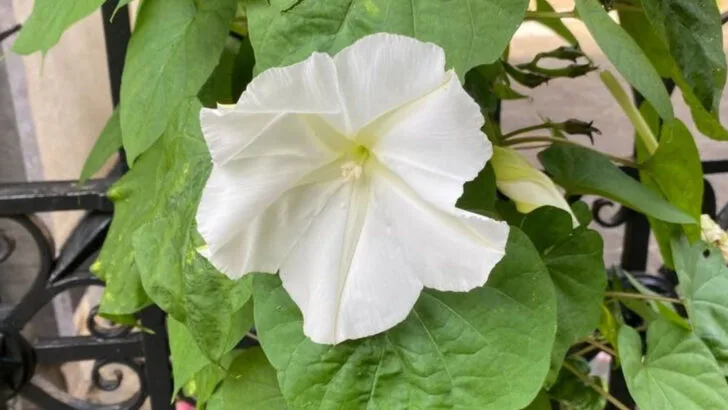Most flowers save their drama for daylight, but some of the real showstoppers come alive after sunset. As evening settles in and the air cools, these night bloomers quietly open up, releasing their rich fragrances into the dark. It’s the kind of magic that makes you want to linger outside just a little longer, listening to the crickets and breathing in something beautiful.
These nocturnal beauties don’t just add interest to your garden, they change its rhythm. They’re perfect for anyone who enjoys late-night strolls, quiet evenings on the porch, or simply appreciates plants that have a bit of mystery to them. Here are 13 flowers that wait until the sun goes down to truly shine—and smell absolutely incredible doing it.
Moonflower
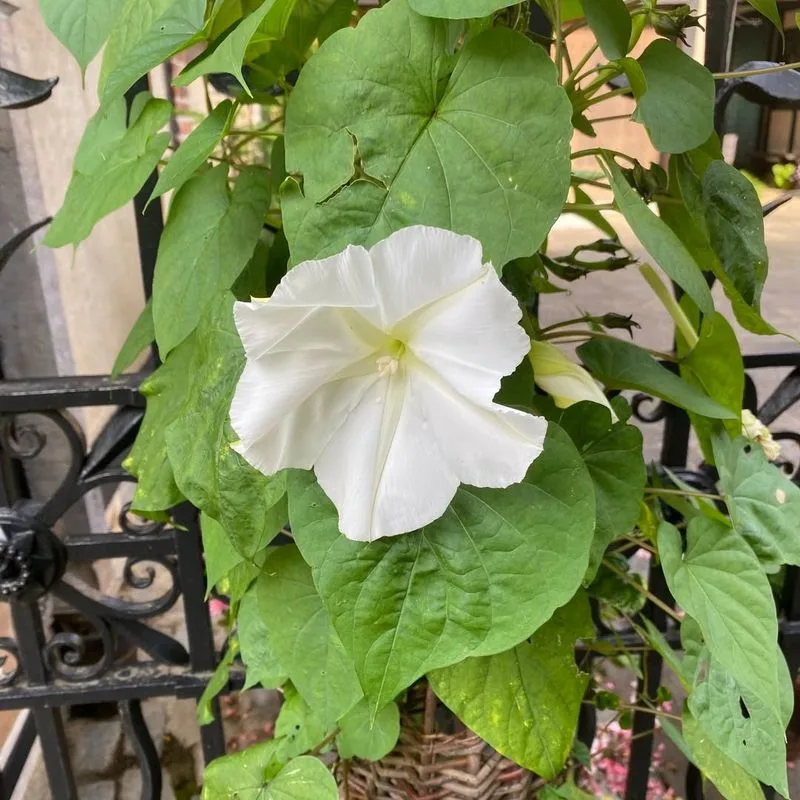
Moonflowers, with their ethereal white petals, unfurl as the sun sets. Their scent is often compared to sweet almonds or vanilla, filling gardens with a gentle aroma. The plant’s rapid blooming is a sight to behold, as if nature whispers secrets under the moon.
Known for their large, round blossoms that resemble full moons, these flowers are a gardener’s dream. They thrive in warmer climates and need plenty of sunshine during the day.
A fascinating fact: Moonflowers open quickly, often in less than an hour, providing a magical show for evening garden visitors.
Night-Blooming Jasmine
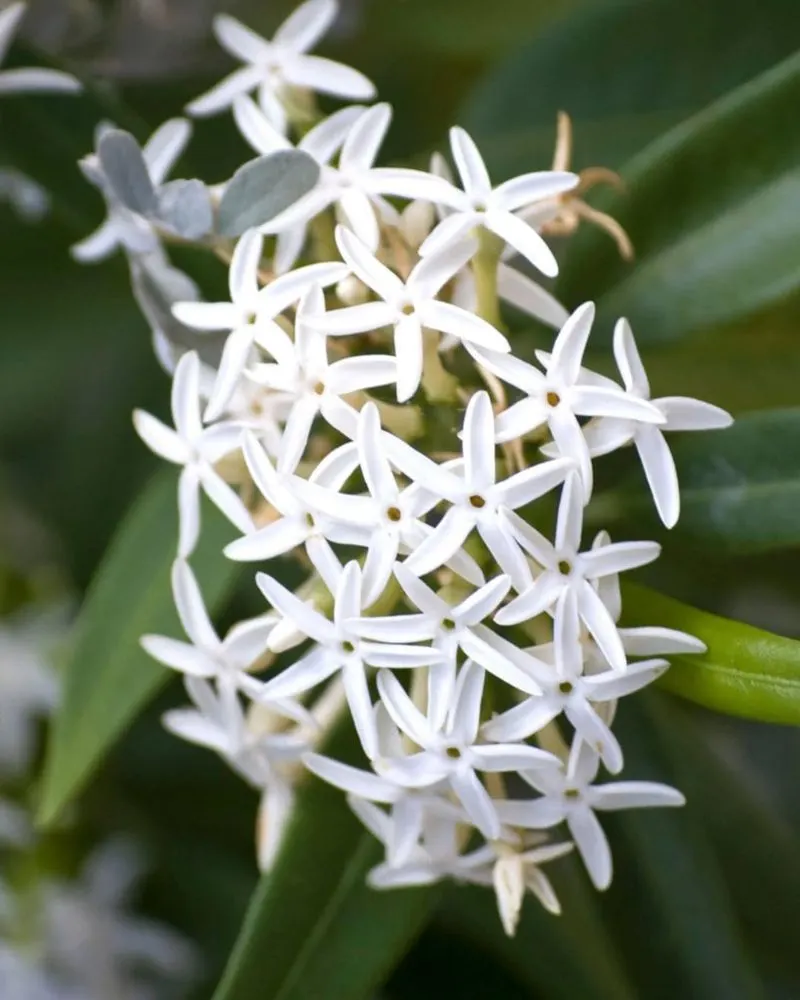
Night-Blooming Jasmine is famed for its intoxicating fragrance, often considered one of the strongest among night flowers. Its scent can travel far, captivating anyone nearby with its sweet perfume.
These tubular, white flowers are small but mighty in aroma, and they thrive in warm, tropical climates. Their scent is most potent during warm, humid nights, creating a delightful nocturnal ambiance.
Interestingly, this plant is often used in perfumes and essential oils due to its rich fragrance, making it a popular choice for aromatherapy enthusiasts.
Evening Primrose
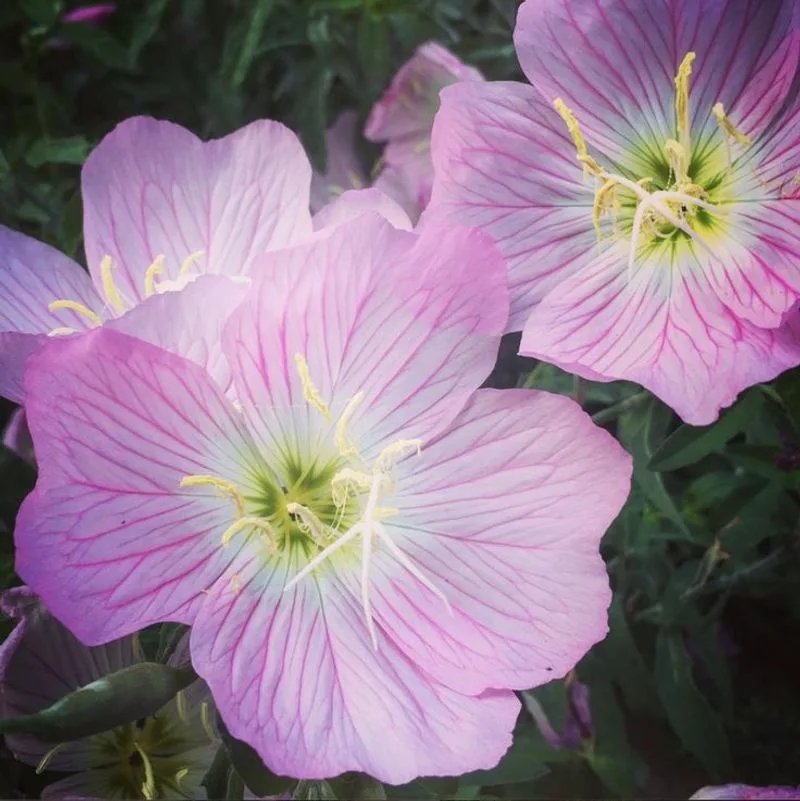
Evening Primrose opens its cheerful yellow petals as the day ends, offering a mild, lemony fragrance. These flowers are not only admired for their beauty but also valued for the oil extracted from their seeds.
This oil is used for various health benefits, making the plant a dual-purpose marvel. Its blossoms are a bright beacon in the fading light, attracting night-time pollinators.
Fun fact: Native Americans used evening primrose for its medicinal properties, a tradition carried through centuries.
Tuberose
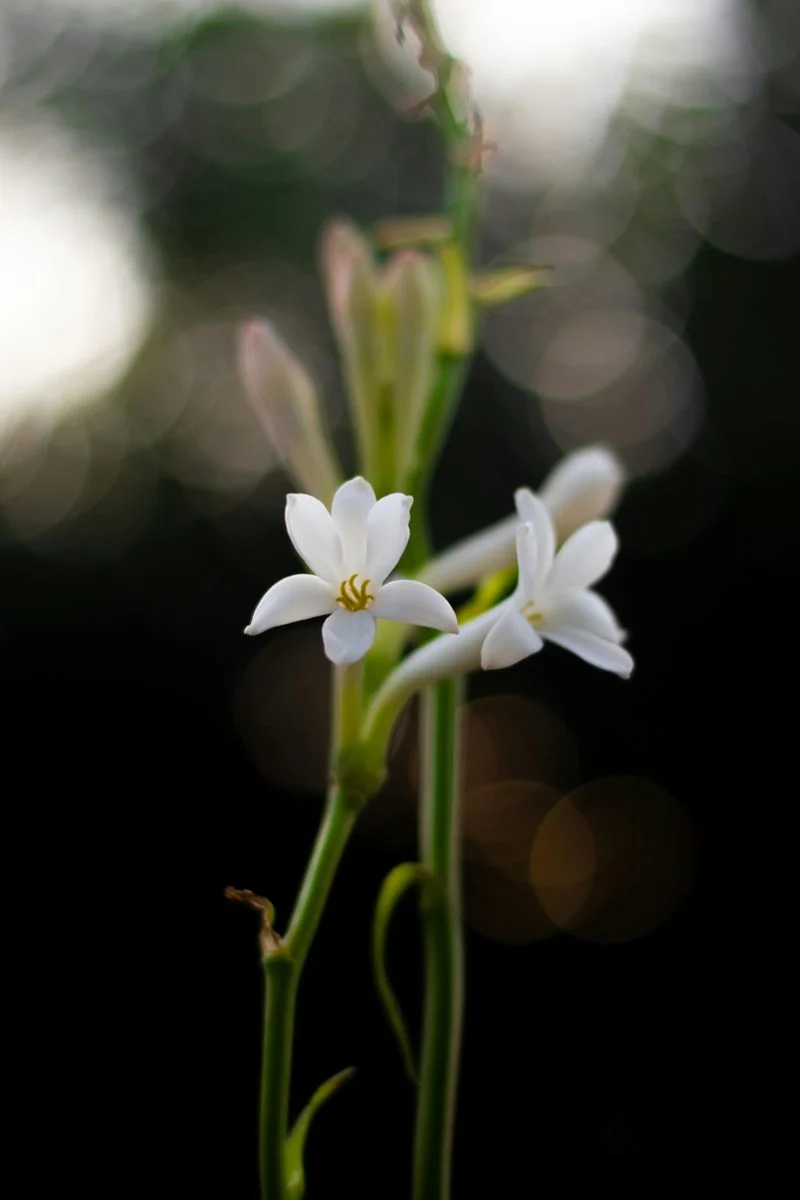
Tuberose’s rich, creamy scent is both exotic and comforting, often associated with luxury perfumes. This flower blooms in clusters, creating a powerful olfactory experience at night.
The waxy, white flowers contrast beautifully with their green stems, making them a striking addition to night gardens. Tuberose is native to Mexico but has found its way into gardens worldwide.
Did you know? In Victorian times, tuberose was known as the “Mistress of the Night” due to its intoxicating fragrance that captivated the senses after dark.
Queen of the Night (Cereus)
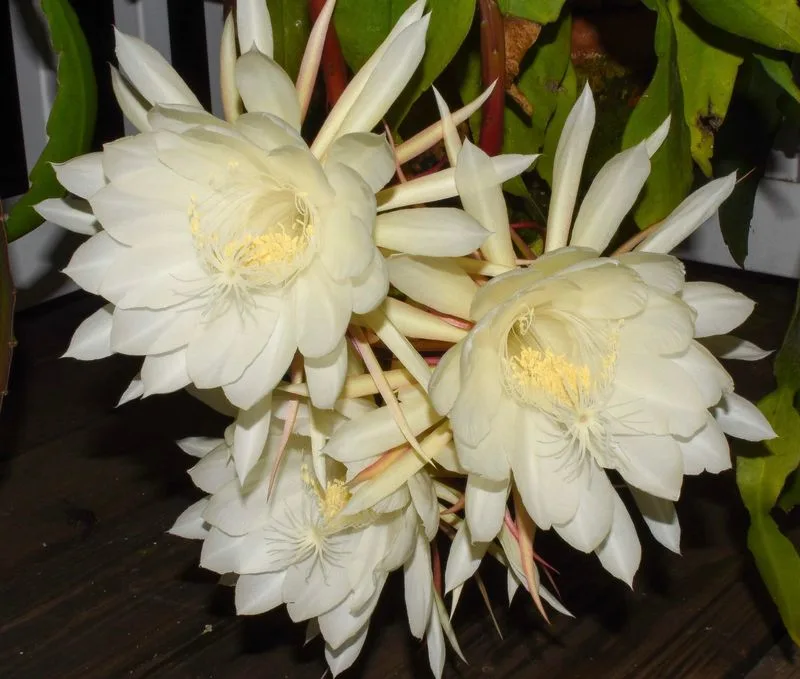
The Queen of the Night cactus blooms only once a year, but its stunning display is unforgettable. With large, creamy-white flowers, it releases an alluring scent that enchants the night air.
This cactus flower’s fleeting beauty is a treasure for those fortunate enough to witness it, often inspiring evening gatherings around its bloom.
Originating from the deserts of Central and South America, the Queen of the Night has a mystical aura, and it’s no wonder it’s often associated with myths and legends.
Brugmansia
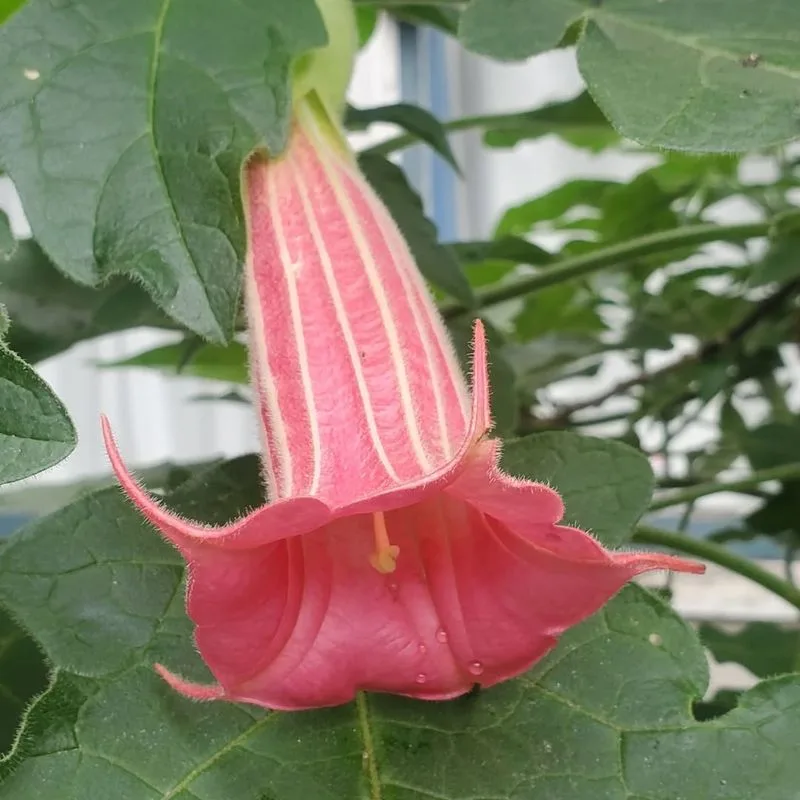
Brugmansia, also known as Angel’s Trumpet, offers a sweet, heady fragrance that permeates the air around dusk. The large, trumpet-shaped flowers hang downward, adding elegance to any garden.
These flowers come in various colors, but their scent is consistently enchanting, making them a favorite among night gardens. They thrive in warmer climates and require well-drained soil.
An interesting tidbit: Brugmansia has been used in traditional medicine, but caution is advised as it’s known for its toxic properties.
Honeysuckle
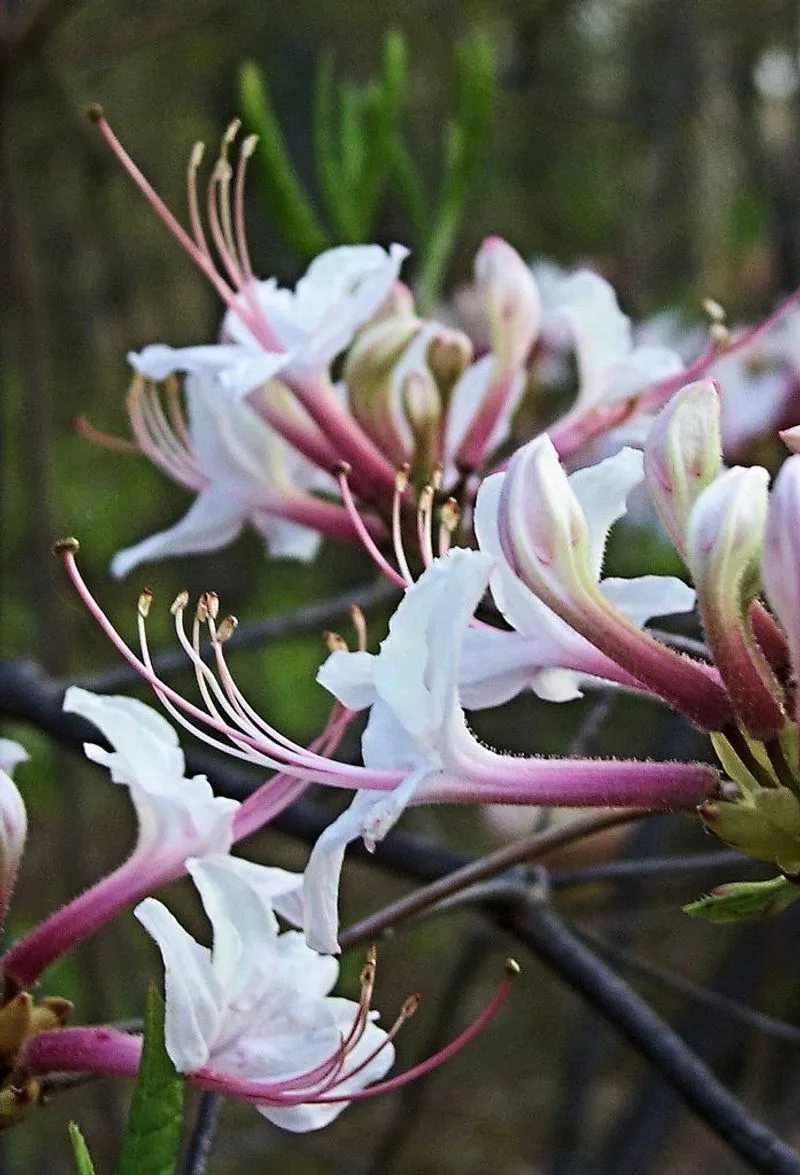
Honeysuckle’s sweet, honey-like fragrance is a familiar scent to many, often evoking memories of summer evenings. The flowers, usually white or yellow, open as the sun sets.
These vines are easy to grow and attract pollinators such as moths and butterflies, adding life to night gardens. Honeysuckle is versatile and can be trained to climb trellises or walls.
Fun fact: Honeysuckle has been used in herbal medicine for centuries, believed to have anti-inflammatory properties.
Gardenia
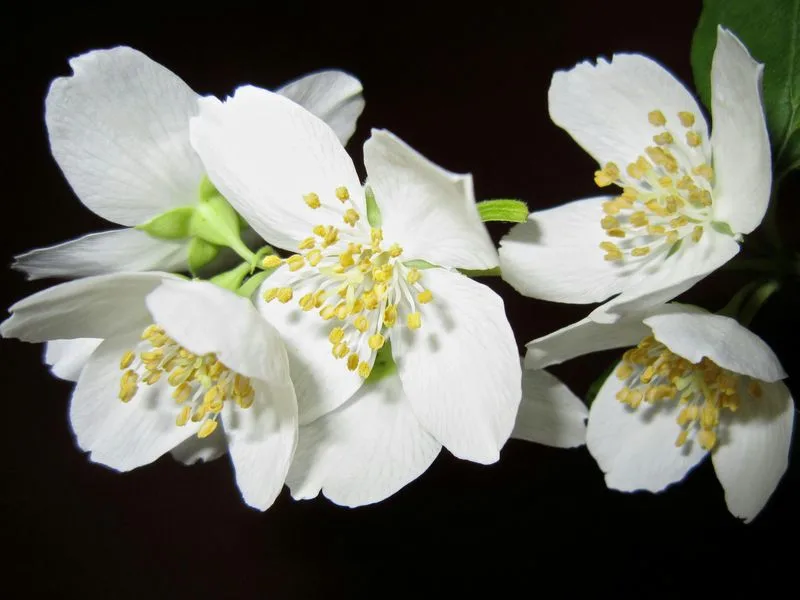
Gardenias are prized for their creamy, floral scent that intensifies at night. These elegant, white flowers are often found in bouquets and floral arrangements.
Gardenias require care, needing specific soil and light conditions to thrive, but their fragrance makes the effort worthwhile. They are a symbol of purity and grace.
Did you know? Gardenias are native to tropical and subtropical regions of Africa, Southeast Asia, and Oceania, and they have become popular around the world for their beauty and scent.
Night Phlox
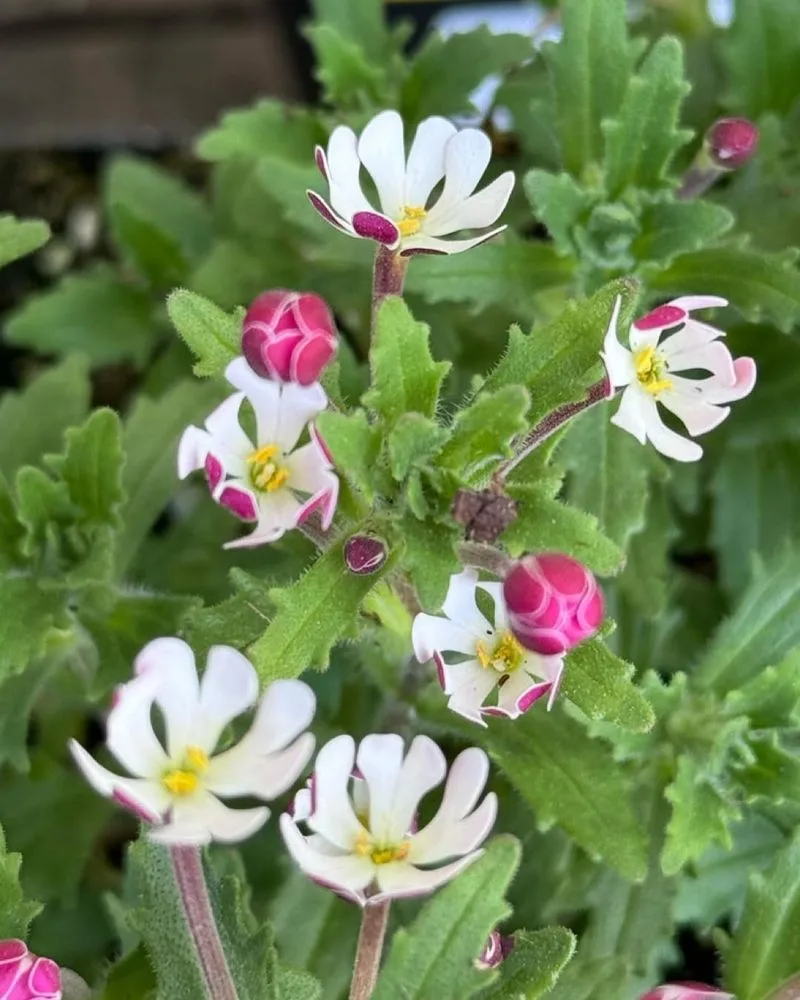
Night Phlox, also known as Midnight Candy, releases a sweet, vanilla-like fragrance that is most potent after sunset. The star-shaped blooms create a lovely display in moonlit gardens.
These flowers are perfect for planting in borders or as ground cover, adding both visual and olfactory appeal. They are easy to grow and require minimal care.
A fascinating detail: Night Phlox is native to South Africa and has adapted well to various climates, making it a versatile addition to gardens worldwide.
Chocolate Daisy
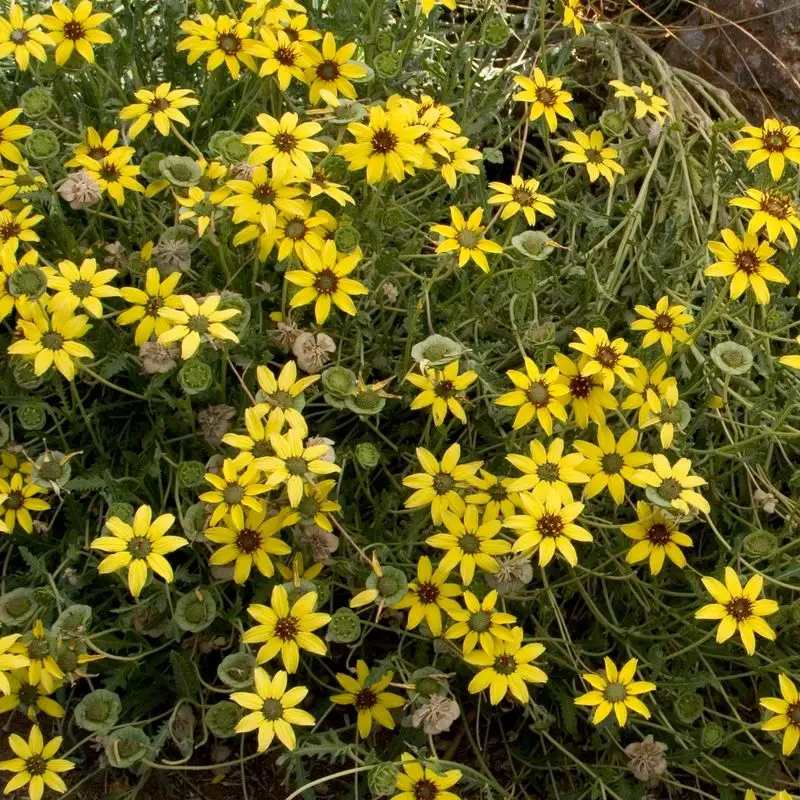
Chocolate Daisy, true to its name, emits a delightful chocolate scent, especially noticeable in the evening. Its small, yellow flowers are unassuming but offer a unique fragrance treat.
This flower is drought-tolerant and thrives in sunny, dry areas, making it an excellent choice for xeriscaping. Its scent is a sweet surprise for many gardeners.
Did you know? The Chocolate Daisy is native to the southwestern United States, where it has adapted to arid conditions, contributing to its hardiness.
Night-Scented Orchid
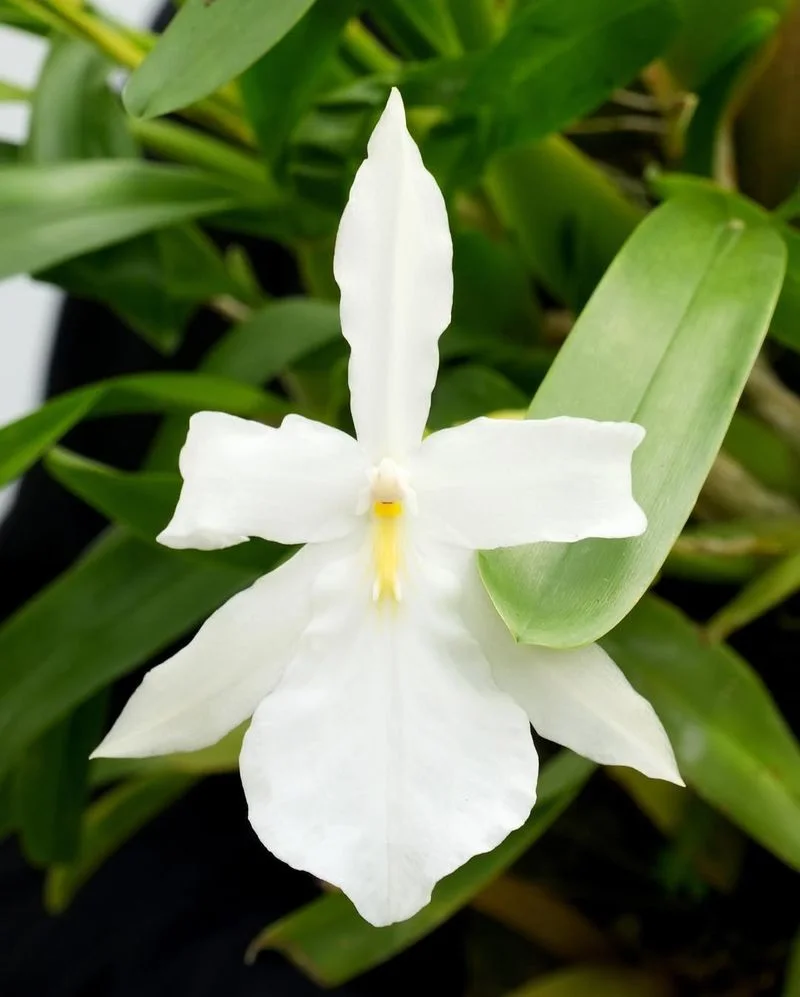
The Night-Scented Orchid is a rare treasure for orchid enthusiasts, known for its subtle, sweet fragrance that emerges in the dark. Its flowers, usually pale with a delicate appearance, captivate those who encounter them.
This orchid is often grown indoors, where its scent can be truly appreciated. It requires specific humidity and temperature conditions to flourish.
A curious fact: Orchids have ancient associations with love and fertility, making them a popular choice for romantic settings.
Four O’Clock Flower
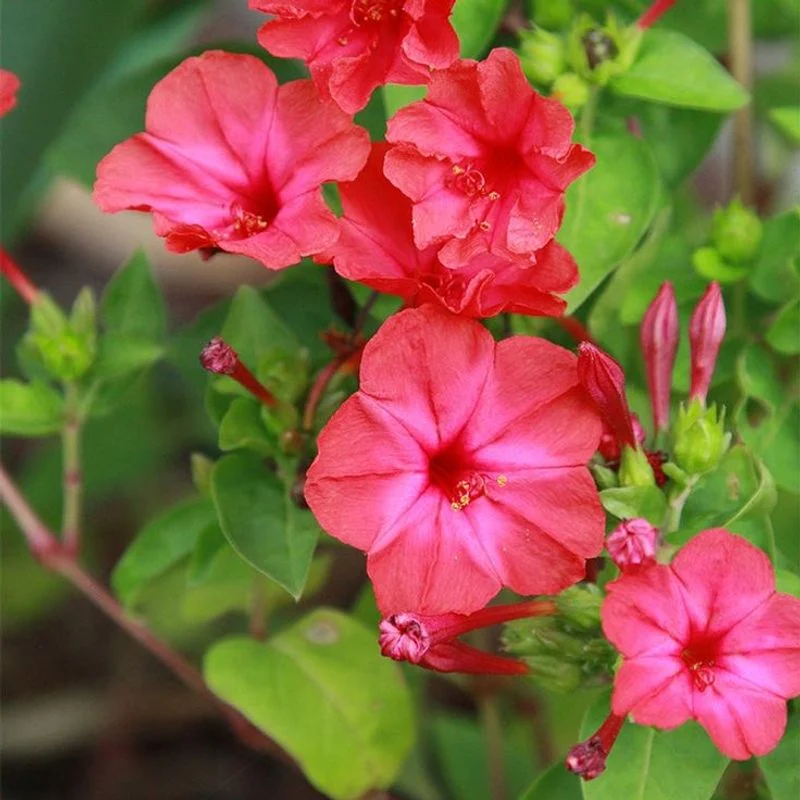
Four O’Clock Flowers, named for their afternoon blooming time, continue to enchant as night falls. Their scent is fresh and invigorating, with vibrant colors adding to their charm.
These flowers are easy to grow and come in a variety of shades, often on the same plant. They are resilient and attract pollinators like hummingbirds and moths.
Interesting tidbit: The Four O’Clock Flower is native to Peru and was cultivated by the Aztecs for ornamental purposes, reflecting their historical significance.
Ylang Ylang
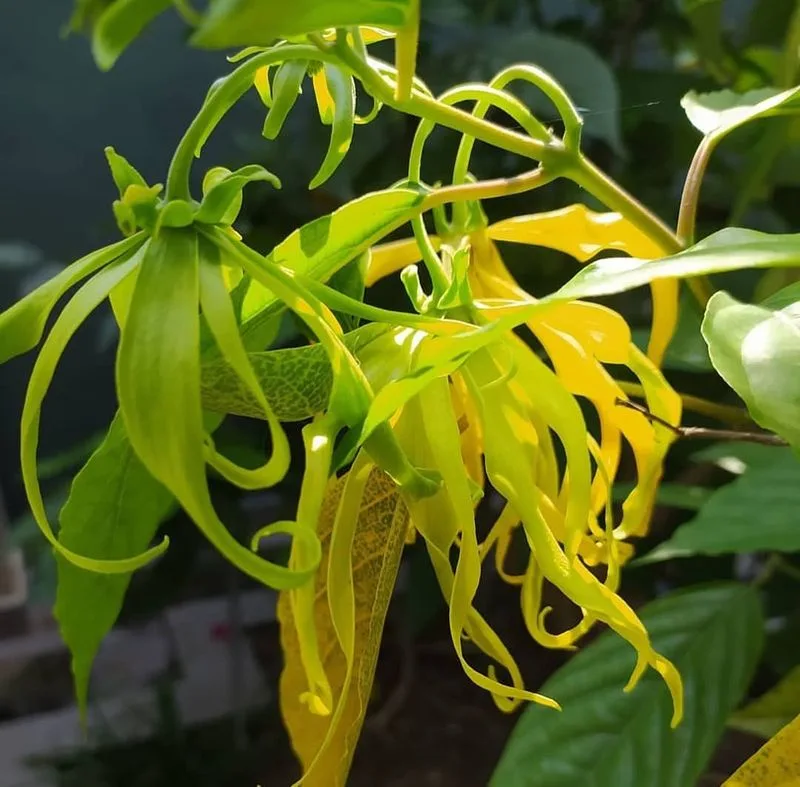
Ylang Ylang is celebrated for its exotic fragrance, which is a key ingredient in many perfumes. The flowers have a rich, floral scent that intensifies in the evening.
These yellow, star-shaped blooms are native to the Philippines and Indonesia, where they grow on tall, tropical trees. Ylang Ylang oil is also used in aromatherapy for its calming properties.
Did you know? The name “Ylang Ylang” is derived from the Tagalog word for “flower of flowers,” emphasizing its revered status in its native regions.

